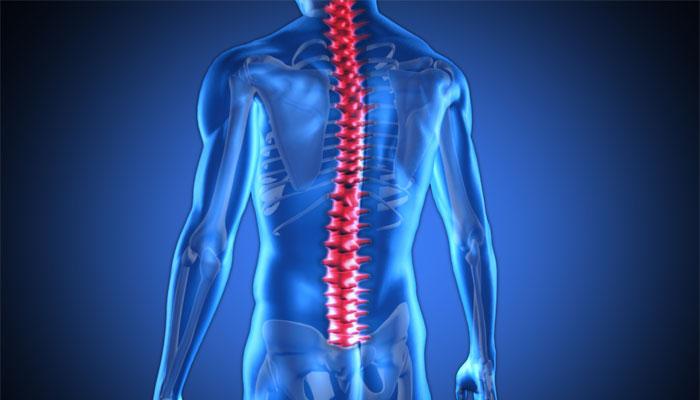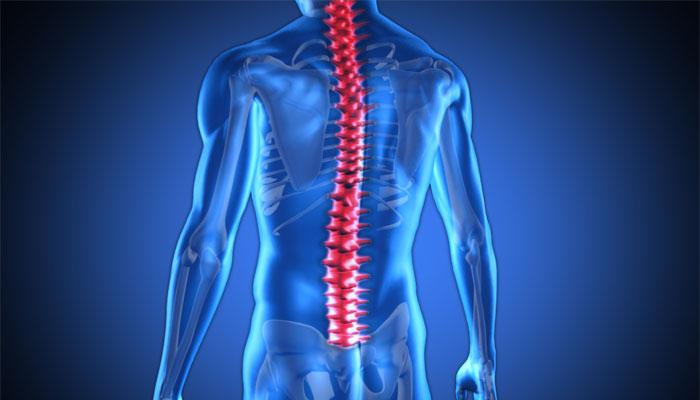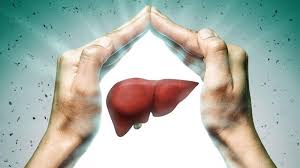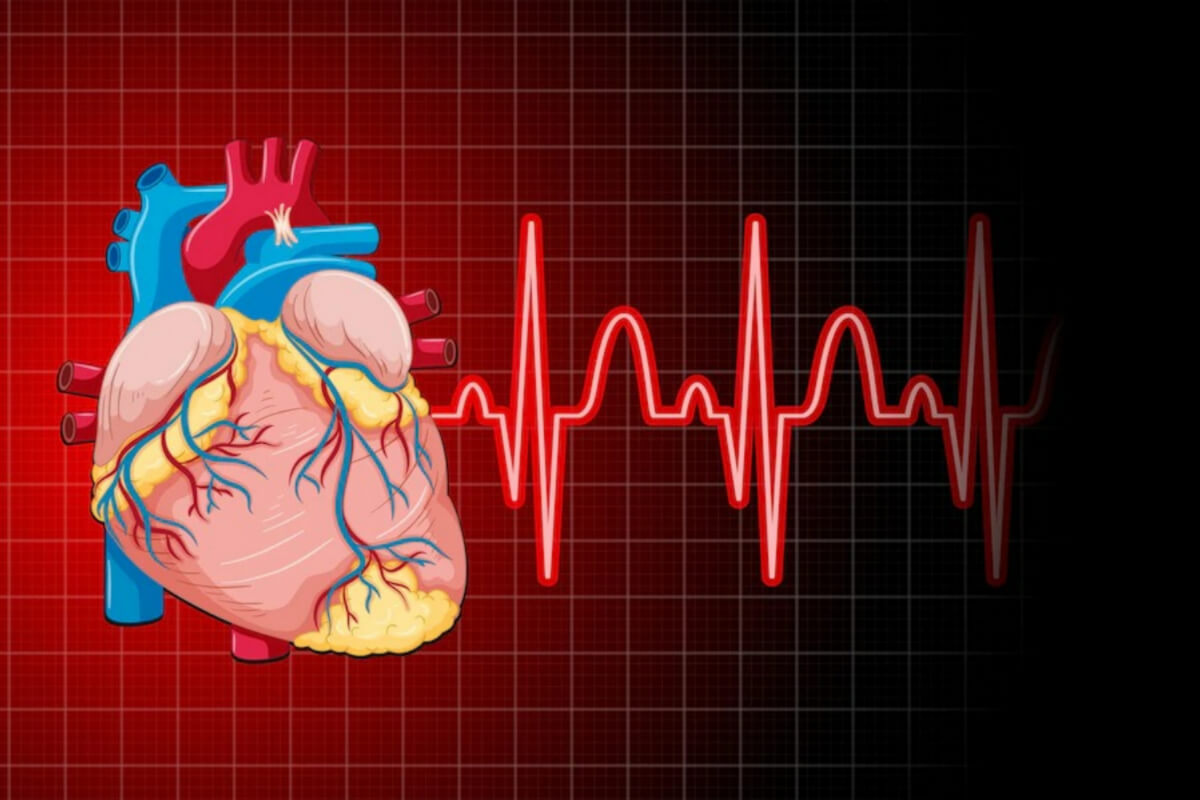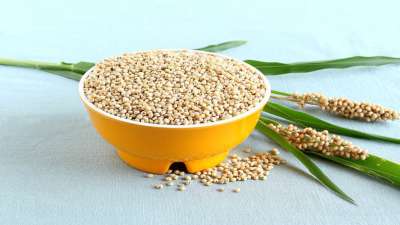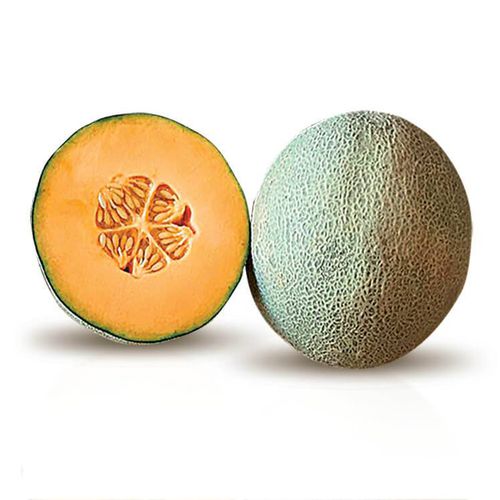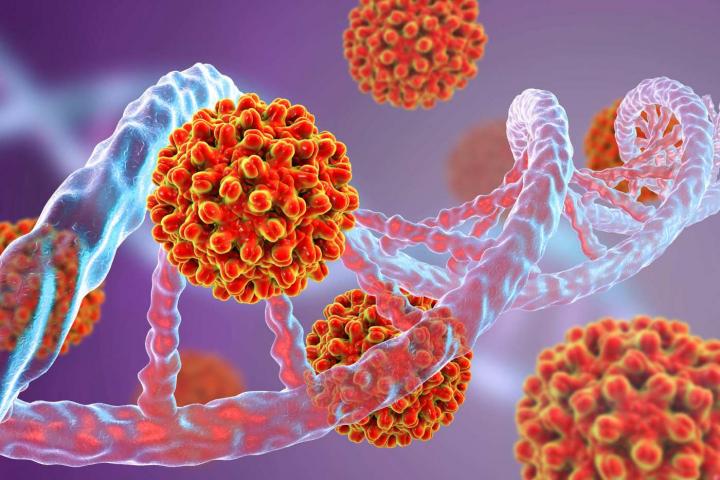Spinal cord determines left or right handedness: study
Mon 20 Feb 2017, 11:28:51
Asymmetrical genetic activity in the spinal cord that begins in the womb determines if the baby will be right or left-handed, according to a new study which shows that the brain is not responsible for a person's handedness.
To date, it had been assumed that differences in gene activity of the right and left hemisphere might be responsible for a person's handedness.A preference for moving the left or right hand develops in the womb from the eighth week of pregnancy, according to ultrasound scans carried out in the 1980s.
From the 13th week of pregnancy, unborn children prefer to suck either their right or their left thumb."These results fundamentally change our understanding of the cause of hemispheric asymmetries," said researchers from Ruhr University Bochum in Germany.
Arm and hand movements are initiated through the motor cortex in the brain. It sends a corresponding signal to the spinal cord, which in turn translates the command into a motion.
The motor cortex, however, is not connected to the spinal cord from the beginning. Even before the connection
forms, precursors of handedness become apparent.This is why the researchers have assumed that the cause of right respective left preference must be rooted in the spinal cord rather than in the brain.
forms, precursors of handedness become apparent.This is why the researchers have assumed that the cause of right respective left preference must be rooted in the spinal cord rather than in the brain.
The researchers analysed the gene expression in the spinal cord during the eighth to twelfth week of pregnancy and detected marked right-left differences in the eighth week - in precisely those spinal cord segments that control the movements of arms and legs.
Another study had shown that unborn children carry out asymmetric hand movements just as early as that.Researchers, moreover, traced the cause of asymmetric gene activity. Epigenetic factors appear to be at the root of it, reflecting environmental influences. Those influences might, for example, lead to enzymes bonding methyl groups to the DNA, which in turn would affect and minimise the reading of genes.
As this occurs to a different extent in the left and the right spinal cord, there is a difference to the activity of genes on both sides.
The study was published in the journal eLife.
No Comments For This Post, Be first to write a Comment.
Most viewed from Health
AIMIM News
Owaisi Begins Election Campaign in Hyderabad
Apr 13, 2024
Bring back Indian workers in Israel: Owaisi
Apr 13, 2024
Darussalam to be closed tomorrow
Apr 06, 2024
Latest Urdu News
Most Viewed
May 26, 2020
Do you think Ruturaj Gaikwad would be a good captain for Chennai Super Kings?
Latest Videos View All
Like Us
Home
About Us
Advertise With Us
All Polls
Epaper Archives
Privacy Policy
Contact Us
Download Etemaad App
© 2024 Etemaad Daily News, All Rights Reserved.

